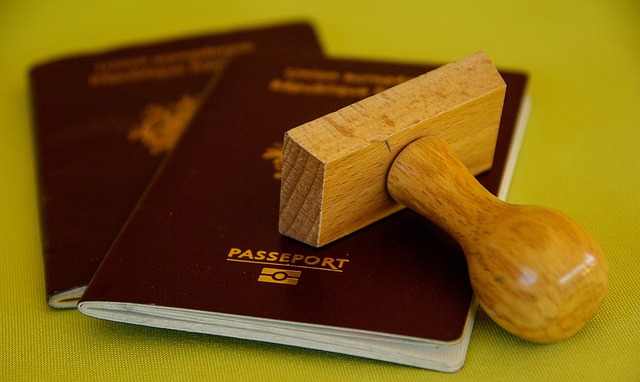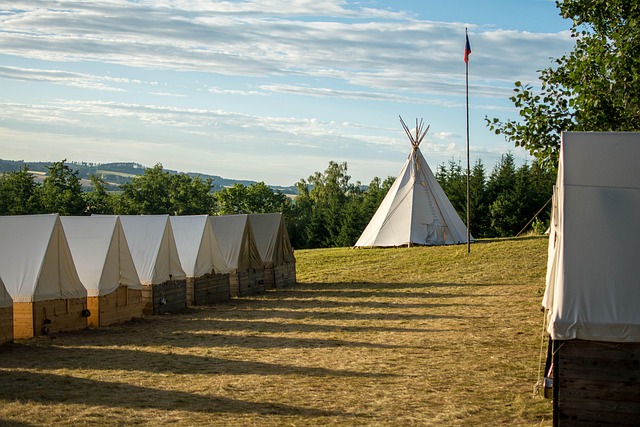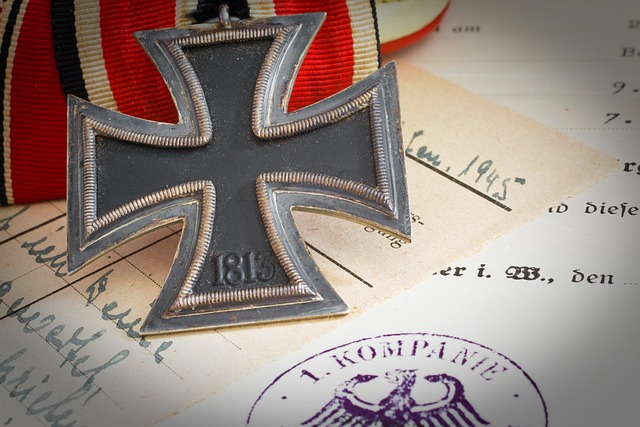
The Ranks of English Aristocracy
The English aristocracy has a long and intricate history, characterized by a hierarchy of titles that denote rank and privilege. This system, known as the peerage, consists of five primary ranks, each with its own historical significance and social standing. Understanding these ranks provides insight into the structure of British nobility and its role in society.
The Five Ranks of the Peerage
The peerage is organized into five distinct ranks, listed here in descending order of precedence:
- Duke
- Marquess
- Earl
- Viscount
- Baron
Each title carries its own history and connotations, with the duke being the highest rank and the most exclusive. Dukes often hold significant land and influence, making them prominent figures in British history.
Historical Context
The concept of the peerage dates back to the medieval period, where titles were often granted by the monarch in exchange for loyalty and service. Over time, these titles became hereditary, passed down through generations. However, the Life Peerages Act of 1958 marked a significant change in this tradition, allowing for the appointment of life peers, which includes both men and women. This act opened the doors for individuals to enter the House of Lords without the necessity of hereditary titles.
Life Peers and Gender Equality
Before 1958, the only life peers were the Lords of Appeal in Ordinary, who served as judges. The introduction of life peerages allowed women to participate in the House of Lords for the first time, promoting gender equality within the aristocracy. Today, life peers are appointed based on their contributions to society, rather than their lineage, reflecting a more modern approach to nobility.
The Role of the Aristocracy in Modern Society
While the power and influence of the aristocracy have diminished over the years, members of the peerage still play a role in the governance of the United Kingdom. The House of Lords, which includes both hereditary and life peers, acts as a revising chamber for legislation, providing expertise and scrutiny to the legislative process.
Conclusion
The ranks of the English aristocracy represent a complex interplay of history, tradition, and modernity. Understanding these titles and their significance offers a glimpse into the social fabric of the United Kingdom and the evolving nature of nobility. As society continues to change, the role of the peerage will likely adapt, reflecting contemporary values while honoring its rich heritage.

















 Positive and Negative Effects of Weather
Positive and Negative Effects of Weather 
 Health
Health  Fitness
Fitness  Lifestyle
Lifestyle  Tech
Tech  Travel
Travel  Food
Food  Education
Education  Parenting
Parenting  Career & Work
Career & Work  Hobbies
Hobbies  Wellness
Wellness  Beauty
Beauty  Cars
Cars  Art
Art  Science
Science  Culture
Culture  Books
Books  Music
Music  Movies
Movies  Gaming
Gaming  Sports
Sports  Nature
Nature  Home & Garden
Home & Garden  Business & Finance
Business & Finance  Relationships
Relationships  Pets
Pets  Shopping
Shopping  Mindset & Inspiration
Mindset & Inspiration  Environment
Environment  Gadgets
Gadgets  Politics
Politics 